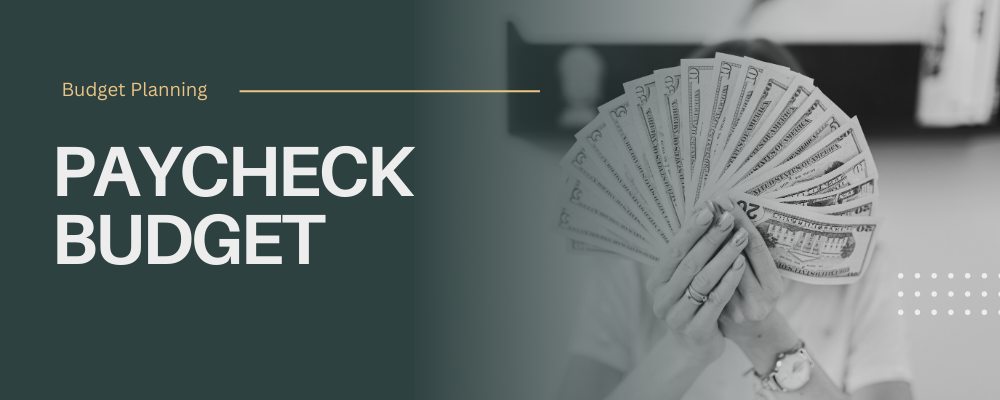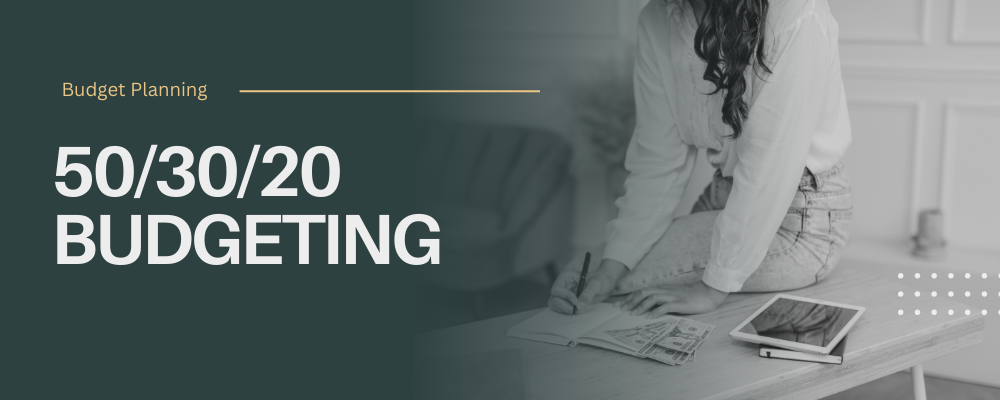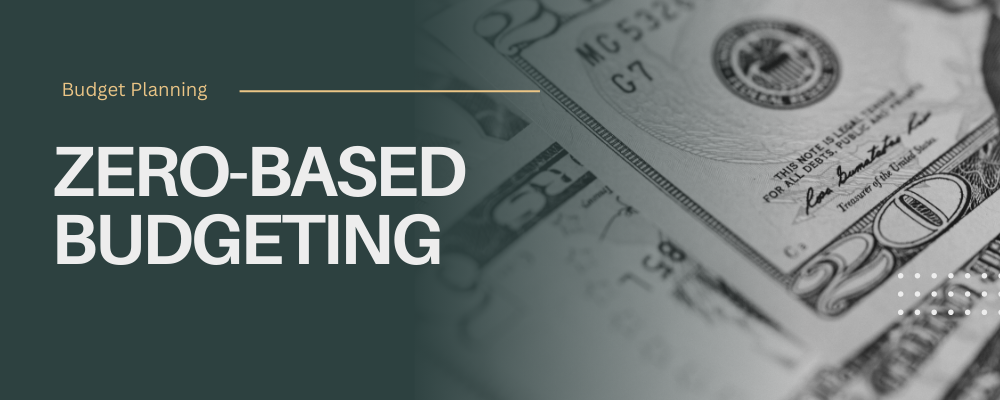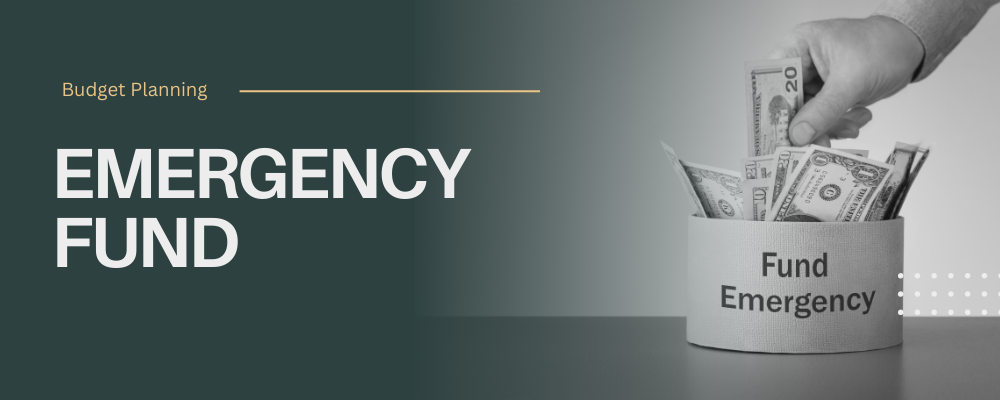Managing personal finances can often feel overwhelming, especially when trying to keep track of where all your money goes.
The envelope budgeting method offers a simple yet effective way to manage your cash flow. This popular budgeting technique, championed by personal finance expert Dave Ramsey, involves dividing your income into specific spending categories using physical envelopes.
Each envelope represents a dedicated budget for certain expenses, ensuring you don’t spend more than you have allocated. This method not only keeps your finances organized but also promotes mindful spending habits.
What is the Envelope Budgeting Method?
The envelope budgeting method is a simple and visual way of managing personal finances by allocating cash for different expense categories into separate envelopes.
This traditional budgeting system helps individuals control spending by using physical currency, which can create a stronger emotional connection to money and foster more mindful spending habits.
• History and Evolution
The envelope budgeting method has a long history, dating back to times when digital banking and electronic financial management systems were not available.
People relied on cash for everyday transactions, so managing budgets with envelopes was both practical and necessary. This method allowed users to visually track their spending by setting aside specific amounts of money for rent, groceries, entertainment, and other expenses in individual envelopes.
Once an envelope was empty, spending in that category had to stop unless excess funds from another envelope were reallocated.
Over the years, the envelope budgeting system has evolved. Despite the rise of digital banking and credit cards, the method has maintained its popularity, especially among those who appreciate the tactile and visual nature of cash transactions.
Financial experts like Dave Ramsey have helped popularize this method, framing it as a foundational approach in their personal finance teachings.
• Basic Principles of the Method
The core principle of the envelope budgeting method is to live within your means by allocating set amounts of cash for specific expense categories. Here’s how it works in a basic form:
– Allocation: At the beginning of each month, withdraw enough cash to cover each of your budget categories.
– Categorization: Divide the cash into different envelopes, each labeled with a specific category like “Groceries,” “Utilities,” or “Entertainment.”
– Spending: Use the money from each envelope strictly for its designated purpose. If envelope funds deplete, it signals the need to stop spending in that category or reassess your budget.
– Tracking: Monitor your spending by noting transactions, helping you understand your spending patterns and adjust future budgets as needed.
Following these principles fosters more mindful spending and helps prevent overspending, making it an effective method of managing personal finances.
• Modern Adaptations for Cashless Transactions
In today’s predominantly cashless society, the envelope budgeting system has adapted to fit digital transactions. Here’s how you can implement this method without relying solely on cash:
– Budgeting Apps: Utilize budgeting apps designed to replicate the envelope method by allowing users to set up virtual envelopes or categories.
Apps like Goodbudget or Mvelopes help users allocate funds digitally, track spending, and monitor budget adherence in real-time.
– Debit and Prepaid Cards: Assign each category a separate prepaid card or sub-account linked to your bank. This system allows you to set strict limits on each category. Once the limit is reached, there is no more spending on that card or account.
– Spreadsheet Tracking: Utilize spreadsheets to create a digital envelope system. Record your transactions under each category and adjust your budget as needed, ensuring you stay on track.
These adaptations retain the essence of the original method while providing the flexibility required for modern financial management.
Getting Started with Envelope Budgeting
Embarking on the envelope budgeting journey is straightforward and can be customized to fit individual financial circumstances. Here are some steps to get started:
• Identifying Your Expense Categories
Begin by examining your spending patterns and identifying key categories where money is routinely spent. Common categories include:
- Housing (rent or mortgage)
- Utilities
- Groceries
- Transportation
- Entertainment
- Savings
Each person or household may have unique categories or additional priorities like “Childcare” or “Pet Expenses.” Break down your expenses as comprehensively as possible to ensure all areas of spending are covered.
• Setting Monthly Budget Amounts
Once your categories are identified, analyze your income and determine how much money you can allocate to each category. This step may involve reviewing past bank statements or tracking your spending over a month.
Ensure the total amount allocated does not exceed your monthly income. It’s crucial to set realistic and achievable budget amounts that ensure expenses are covered and savings goals are met.
Flexibility in adjusting these amounts is important as changes in income or expenses occur.
• Creating and Organizing Your Envelopes
With expenses categorized and budget amounts established, it’s time to create and organize your envelopes:
- Label each envelope with its corresponding category and allocated amount.
- Fill each envelope with the set cash amount at the beginning of the month.
- Keep envelopes in a secure location and update them as transactions occur.
For digital implementations, use budgeting apps to create virtual envelopes, reflect the budgets, and track spending. Ensure you log all transactions promptly to monitor your cash flow effectively.
By following these steps, the envelope budgeting method can profoundly impact your financial well-being, encouraging disciplined spending, assisting in debt reduction, and promoting savings goals. Implementing this method is a practical step towards enhanced money management and financial stability.
Tips for Effective Envelope Budgeting
The envelope budgeting method is a tried-and-true strategy for managing your finances. To get the most out of this system, it’s important to execute it correctly.
Let’s explore some essential tips to ensure your envelope budgeting journey is successful.
• Common Mistakes to Avoid
Embarking on envelope budgeting can be rewarding, but there are common pitfalls that you should be aware of to avoid any stumbling blocks:
– Not Tracking Expenses Diligently: One of the primary goals of envelope budgeting is maintaining a clear record of where your money is going. Avoid neglecting to log expenses, as this can quickly lead to budget discrepancies.
– Mixing Categories: Each envelope should have a distinct category, such as groceries or entertainment. Mixing categories within the same envelope can cause confusion and derail your budgeting plan.
– Ignoring Infrequent Expenses: While regular monthly expenses are front and center, don’t forget about those less frequent costs like car maintenance or annual subscriptions. Not planning for these can result in financial surprises.
– Failing to Adjust the Budget: Sticking rigidly to your initial budget without adjusting for life’s changing circumstances can lead to unnecessary stress and failure.
• Adjusting Your Budget Over Time
A healthy budgeting system is dynamic. Your financial situation and priorities will naturally shift over time, as should your budget. Here’s how you can adapt:
- Track Seasonal Expenses: Your spending might spike during holidays or weekends, or drop during certain months. Take note and adjust your budget accordingly.
- Review Monthly: Make it a habit to review spending and budget allocations at the end of each month, moving funds to accommodate overspending in one category but underspending in another.
- Incremental Changes: Adjust your budget gradually rather than making sweeping changes. This makes the transition smoother and easier to handle financially.
• Incorporating Emergency Funds and Savings
Envelope budgeting isn’t just about managing your immediate expenses. It’s also a powerful tool for building savings and preparing for the unexpected.
– Create an Emergency Envelope: Dedicate an envelope to emergency savings. Aim to gradually build this fund to cover three to six months’ worth of living expenses.
– Prioritize Savings Goals: Allocate envelopes not only for regular expenses but also for saving towards specific goals, whether it’s a vacation, a new gadget, or retirement.
– Automatic Transfers: While the envelope system is cash-based, consider supplementing with automated transfers to savings accounts for long-term financial goals.
Benefits of the Envelope Budgeting Method
Utilizing the envelope budgeting method provides numerous advantages for individuals looking to gain control over their personal finances. Here are a few benefits that make this approach so effective:
• Increased Awareness and Control over Spending
The envelope budgeting method inherently promotes mindfulness when it comes to expenses:
– Visibility: Physically seeing the amount of money left in each category forces you to recognize spending habits and reconsider impulsive purchases.
– Immediate Feedback: With cash in hand, once an envelope is empty, you’re notified instantly of your spending limit, encouraging cautious decision-making.
• Simplified Financial Planning
This methodology streamlines the often overwhelming process of financial planning:
– Clearer Categorization: By segmenting your budget into envelopes, you gain a more straightforward understanding of where your money is going.
– Reduction of Complexity: Simplifies budgeting by eliminating the need for complex spreadsheets or financial software, making it accessible for everyone.
• Encouragement of Financial Discipline
Finally, envelope budgeting can sustain long-term financial discipline:
– Self-Control: Encourages living within your means by aligning spending with available cash, thus deterring debt accumulation.
– Goal Achievement: As you become more disciplined, you are more likely to achieve savings goals and pave the way for financial success.
In conclusion, envelope budgeting is a practical method for cash flow management that emphasizes awareness, simplicity, and discipline. By avoiding common mistakes, regularly adjusting your budget, and including savings strategies, you can harness the full benefits of this effective budgeting system.
Whether you’re looking to gain greater control over your spending, ease financial planning, or increase your financial discipline, the envelope budgeting method has something valuable to offer.
Conclusion
The envelope budgeting method offers a simple and effective way to manage your cash flow and gain control over your finances. By categorizing your expenses and allotting specific amounts to each, you create a visual representation of your spending habits.
This method encourages discipline and helps prevent overspending, making it easier to stick to your budget.
One of the key benefits of envelope budgeting is that it forces you to prioritize your expenses, ensuring that your essential needs are met first.
Additionally, by using cash, you may become more mindful of your spending as you see the physical money deplete. Whether you choose physical envelopes or a digital app, incorporating this system into your personal finance strategy can lead to improved financial health and reduced stress. Embrace the envelope budgeting method and take the first step toward more controlled and intentional spending.





